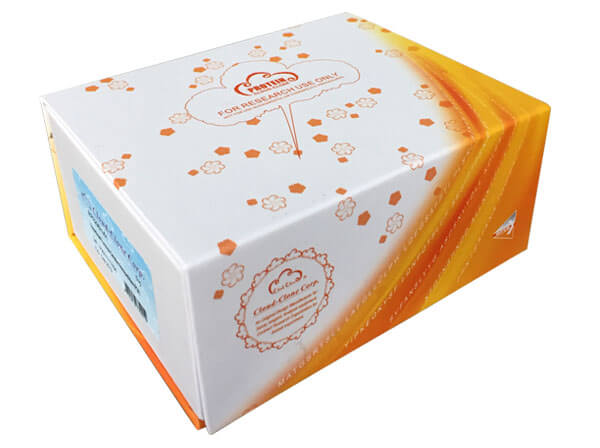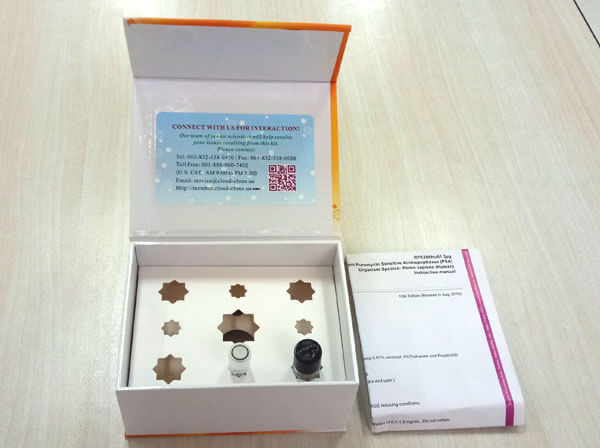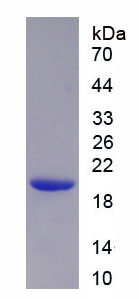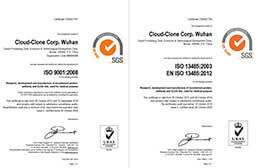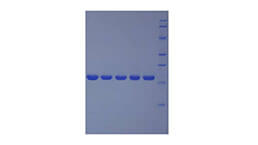Active Vascular Endothelial Growth Factor C (VEGFC) 

VEGF-C; Flt4-L; VRPL; Vascular Endothelial Growth Factor-Related Protein
- UOM
- FOB US$ 272.00 US$ 680.00 US$ 1,360.00 US$ 4,080.00 US$ 10,200.00
- Quantity
Overview
Properties
- Product No.APA145Bo61
- Organism SpeciesBos taurus; Bovine (Cattle) Same name, Different species.
- ApplicationsCell culture; Activity Assays.
Research use only - DownloadInstruction Manual
- CategoryCytokineTumor immunity
- Buffer FormulationPBS, pH7.4, containing 5% Trehalose.
- Traits Freeze-dried powder, Purity > 90%
- Isoelectric Point8.5
Sign into your account
Share a new citation as an author
Upload your experimental result
Review

Contact us
Please fill in the blank.
Activity test
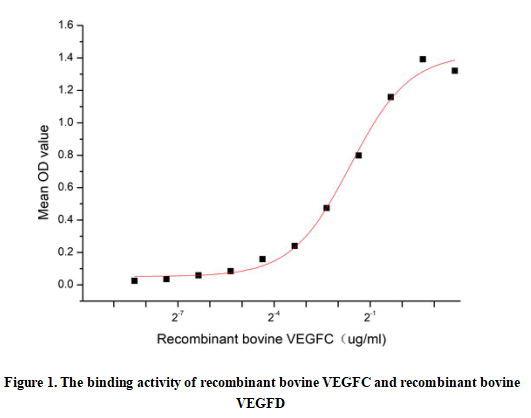
Vascular Endothelial Growth Factor C (VEGFC) is a key lymphangiogenic factor that primarily binds to VEGFR-3 (FLT4), promoting lymphatic endothelial cell proliferation, migration, and survival. It also activates VEGFR-2 (KDR) upon proteolytic processing, contributing to angiogenesis. VEGFC is essential for embryonic lymphatic development and adult lymphatic remodeling.Besides,Vascular Endothelial Growth Factor D (VEGFD) has been identified as an interactor of VEGFC, thus a functional binding ELISA assay was conducted to detect the interaction of recombinant bovine VEGFC and recombinant bovine VEGFD . Briefly, biotin-linked VEGFC were diluted serially in PBS, with 0.01% BSA (pH 7.4). Duplicate samples of 100μl were then transferred to VEGFD-coated microtiter wells and incubated for 1h at 37℃. Wells were washed with PBST 3 times and incubation with Streptavidin-HRP for 30min, then wells were aspirated and washed 5 times. With the addition of substrate solution, wells were incubated 15-25 minutes at 37℃. Finally, add 50µl stop solution to the wells and read at 450nm immediately. The binding activity of recombinant bovine VEGFC and recombinant bovine VEGFD was shown in Figure 1, the EC50 for this effect is 0.33ug/mL.
Usage
Reconstitute in 10mM PBS (pH7.4) to a concentration of 0.1-1.0 mg/mL. Do not vortex
Storage
Avoid repeated freeze/thaw cycles. Store at 2-8°C for one month. Aliquot and store at -80°C for 12 months.
Stability
The thermal stability is described by the loss rate. The loss rate was determined by accelerated thermal degradation test, that is, incubate the protein at 37°C for 48h, and no obvious degradation and precipitation were observed. The loss rate is less than 5% within the expiration date under appropriate storage condition.
Increment services
-
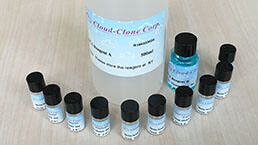 BCA Protein Quantification Kit
BCA Protein Quantification Kit
-
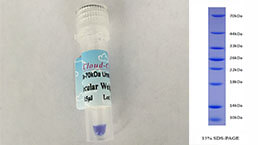 Molecular Mass Marker for Protein
Molecular Mass Marker for Protein
-
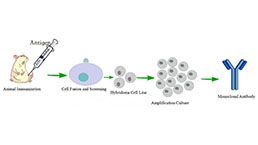 Monoclonal Antibody Customized Service
Monoclonal Antibody Customized Service
-
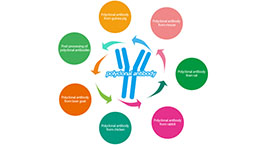 Polyclonal Antibody Customized Service
Polyclonal Antibody Customized Service
-
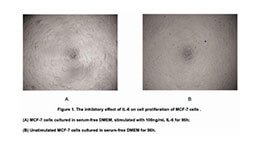 Protein Activity Test Experiment Service
Protein Activity Test Experiment Service
-
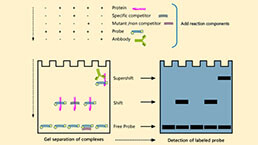 Electrophoretic Mobility Shift Assay (EMSA) Experiment Service
Electrophoretic Mobility Shift Assay (EMSA) Experiment Service
-
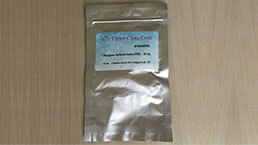 Buffer
Buffer
-
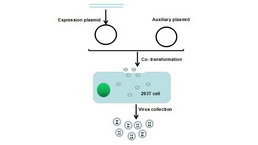 Lentivirus Packaging Experiment Service
Lentivirus Packaging Experiment Service
-
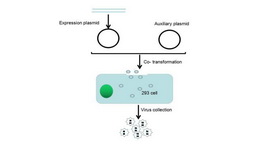 Adenovirus Packaging Experiment Service
Adenovirus Packaging Experiment Service
-
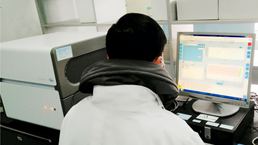 Real Time PCR Experimental Service
Real Time PCR Experimental Service
-
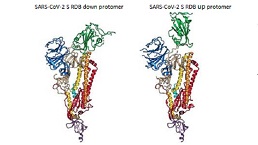 Spike RBD Protein (S-RBD)
Spike RBD Protein (S-RBD)
-
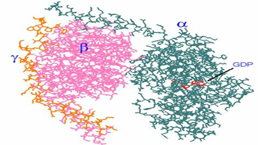 Protein G
Protein G
-
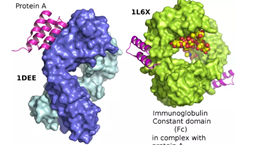 Protein A
Protein A
Citations
- Alternatively activated RAW264. 7 macrophages enhance tumor lymphangiogenesis in mouse lung adenocarcinomaPubMed: 19241443
- Expression of COX-2 and VEGF-C in cholangiocarcinomas at different clinical and pathological stagesPubMed: 26125824
- Fenofibrate inhibits the expression of VEGFC and VEGFR-3 in retinal pigmental epithelial cells exposed to hypoxiaPubMed: 26622498
- IL-10 Indirectly Regulates Corneal Lymphangiogenesis and Resolution of Inflammation via MacrophagesPubMed: 26608451
- Interleukin-6 Induces Vascular Endothelial Growth Factor-C Expression via Src-FAK-STAT3 Signaling in Lymphatic Endothelial Cells.pubmed:27383632
- RNAi-mediated gene silencing of vascular endothelial growth factor C suppresses growth andinduces apoptosis in mouse breast cancer in vitro and in vivo.pubmed:27895746
- Characterization of isolated liver sinusoidal endothelial cells for liver bioengineeringPubmed:29582235
- Effects of diphyllin as a novel V-ATPase inhibitor on TE-1 and ECA-109 cellsPubmed:29328465
- Dynamic signature of lymphangiogenesis during acute kidney injury and chronic kidney diseasePubmed: 31019289
- Isotretinoin does not alter VEGF-A and VEGF-C levels: Do retinoids behave differently in dose-dependent and/or in vivo/in vitro conditions?Pubmed: 32722957



